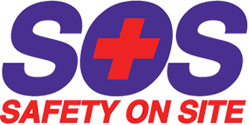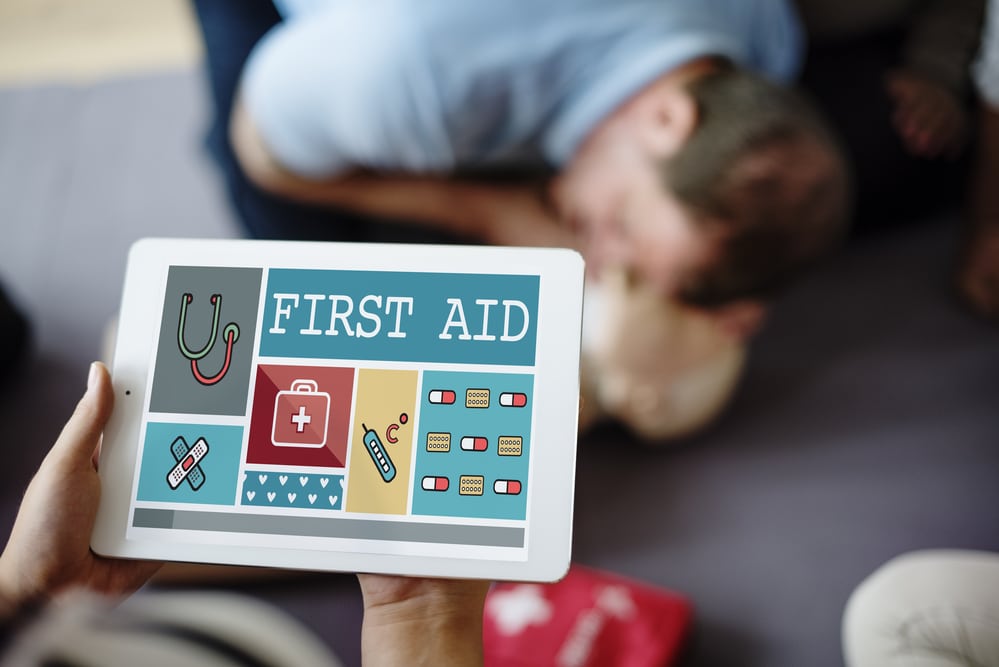
The prospect of jumping on a plane and flying to the tropics is one often filled with excitement. You’d be hard pressed to find anyone who doesn’t enjoy sitting on a beach, with a drink in hand and the sun in the sky. This is especially true for Canadians, at this time of year. With colder temperatures inevitable, a destination getaway is ideal. It’s vital, however, that would-be travellers prepare for emergency situations.
Have you ever taken a first aid course? If you have any upcoming travel plans, now would be the best time to do so. Red Cross offers a Standard First Aid & CPR course which offers a ton of valuable insight on wound care; head and spine injuries; bone, muscle and joint injuries; and environmental emergencies, just to name a few. Let’s delve deeper into why you should take a first aid course before going on vacation.
You’ll learn how to stock a good first aid kit.
Travelling with a first aid kit is essential. But what are the mandatory elements of a good first aid kit? The Red Cross recommends that all first aid kits for a family of four include such items as two absorbent compress dressings (5 x 9 inches), 25 adhesive bandages (in assorted sizes) and one adhesive cloth tape (10 yards x 1 inch). Kits should also include sterile gauze pads and an oral thermometer.
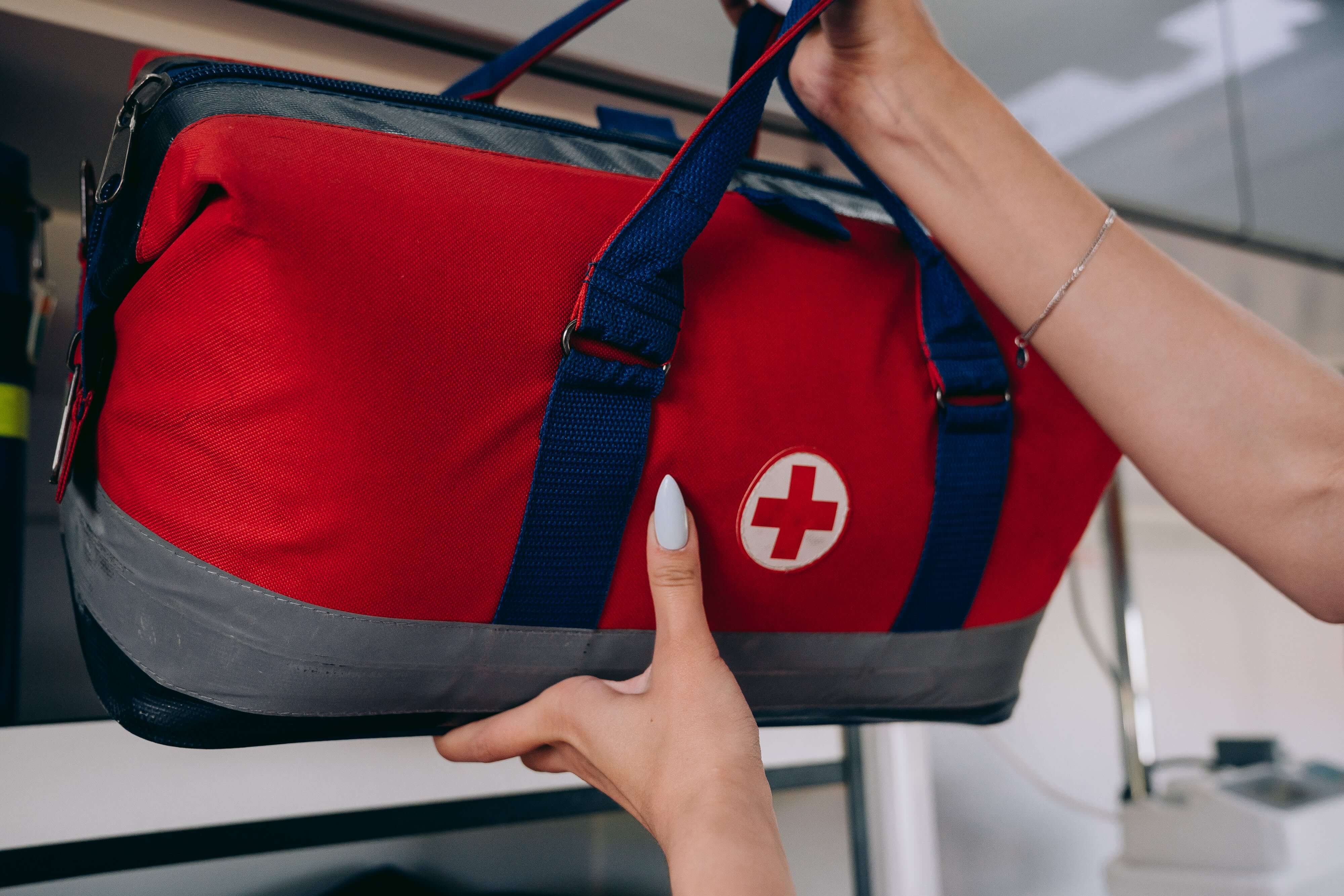
As well, a proper first aid kit is stocked with five antibiotic ointment packets (approximately one gram), five antiseptic wipe packets, two packets of aspirin (81 mg each), one emergency blanket, one breathing barrier (with one-way valve), one instant cold compress, two large pairs of non-latex gloves, two hydrocortisone ointment packets (approximately 1 gram each), one 3 inch gauze roll (roller) bandage and one roller bandage (4 inches wide).
You’ll learn how to care for a wound.
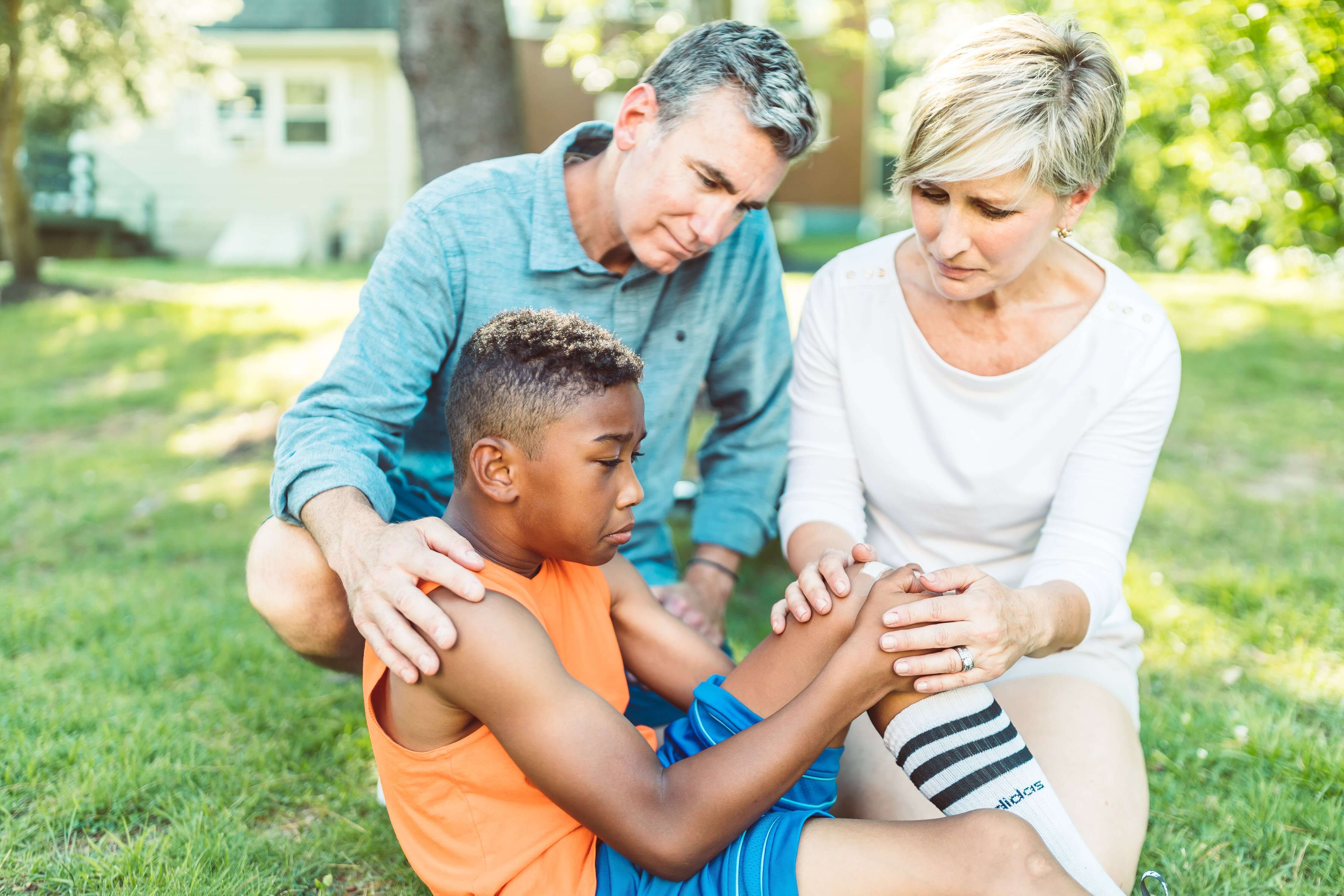
Accidents happen. If you’re in the know about how to correctly treat a wound, you will be able to prevent a very expensive foreign hospital bill. Rapid wound care intervention is necessary for even the smallest of cuts. While on vacation, the last thing you want is to develop an infection.
You’ll learn how to treat jelly fish and other aquatic animal stings.
There is a common misconception that the solution to the pain, redness, rash and swelling caused by a jellyfish sting is to have someone urinate on the affected area. Allow us to dispel the myth that pee is the solution. By taking a first aid course, you’ll discover that vinegar is one ideal alternative.

“Wash the area with vinegar for at least 30 seconds,” explains the Canadian Red Cross, “If vinegar isn’t available, use a mixture of baking soda and water (to make a consistency like toothpaste) and leave it on the area for 20 minutes. Then immerse the affected area in hot water (as tolerated) for 20 minutes or as long as the pain persists. Do not rub the area.”
You’ll learn how to manage diabetic emergencies.
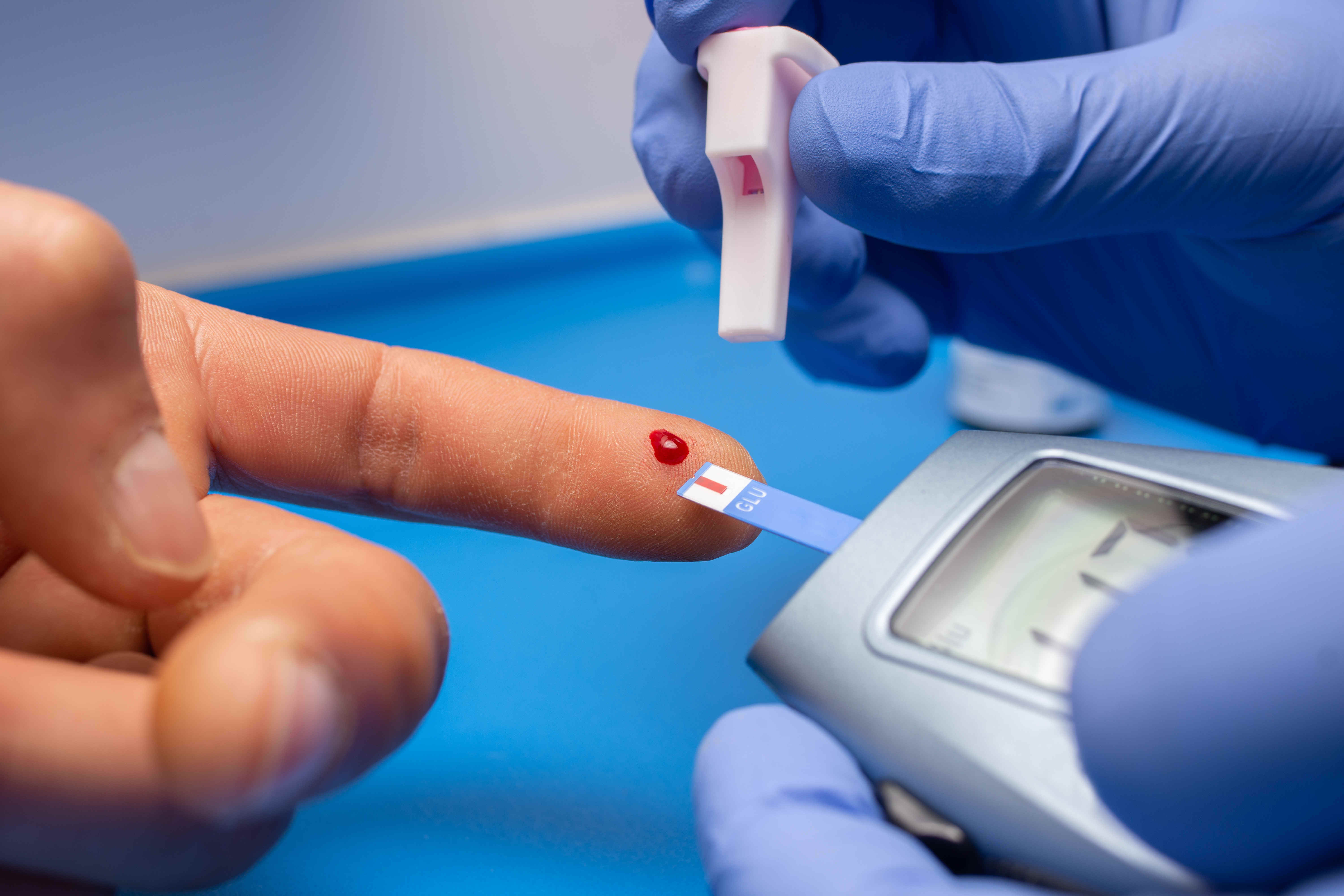
Do you tend to “eat, drink and be merry” during your vacations? Join the club. Indulging is a common “I’m on a trip” activity. However, it’s important to be mindful that such indulgences can throw off a person’s blood sugar. Your liver breaks down alcohol by releasing glucose. This can cause sugar levels to drop, inducing hypoglycaemia. Often, an ideal solution is to give the diabetic individual a sugary drink or sweet food. Ideally, glucose gel or tablets would be taken.
There is so much more to learn! SOS First Aid offers several First Aid and CPR training courses. To learn all about them, please don’t hesitate to call us at 905-844-9813. You may also email us at [email protected].





